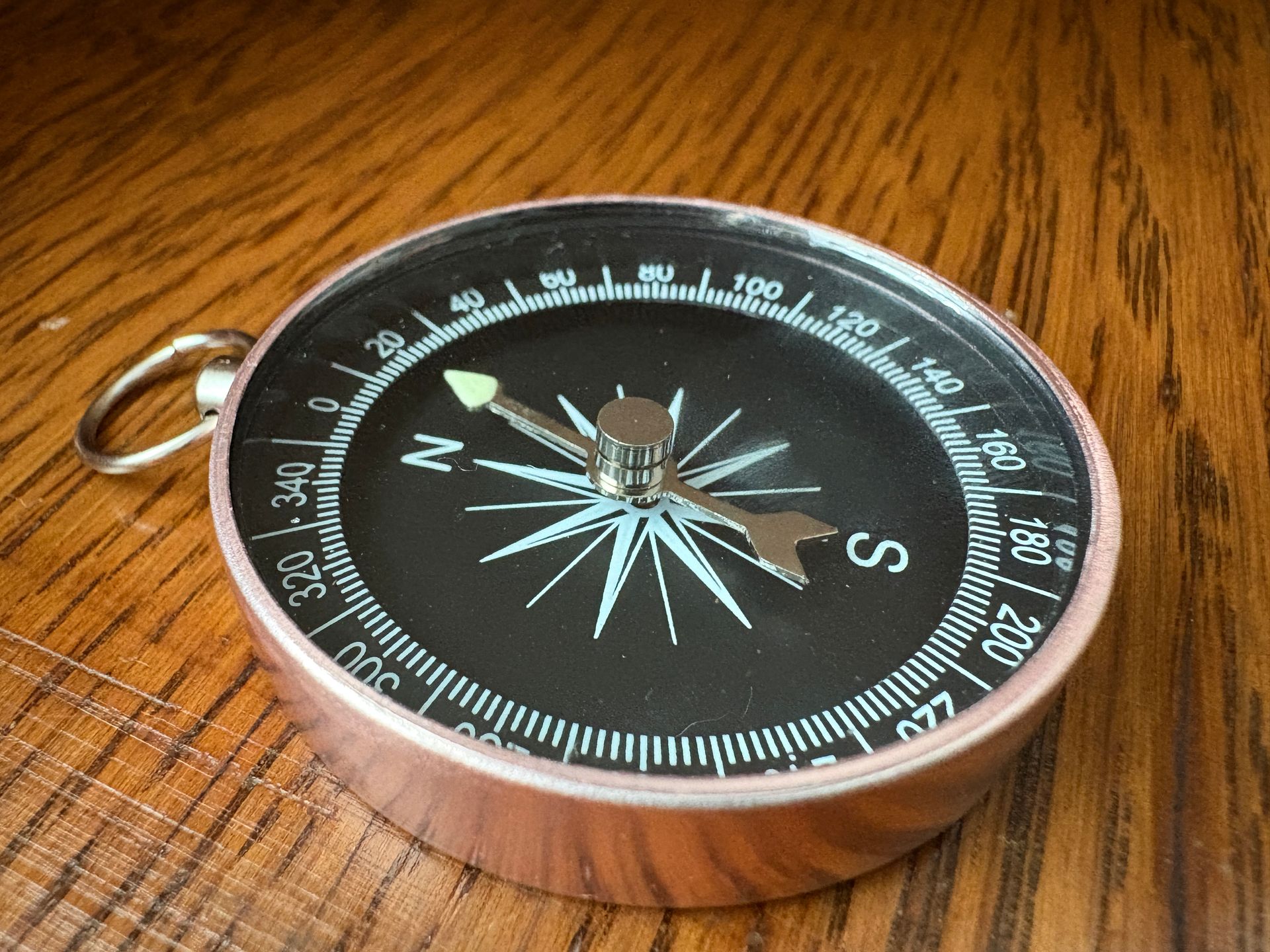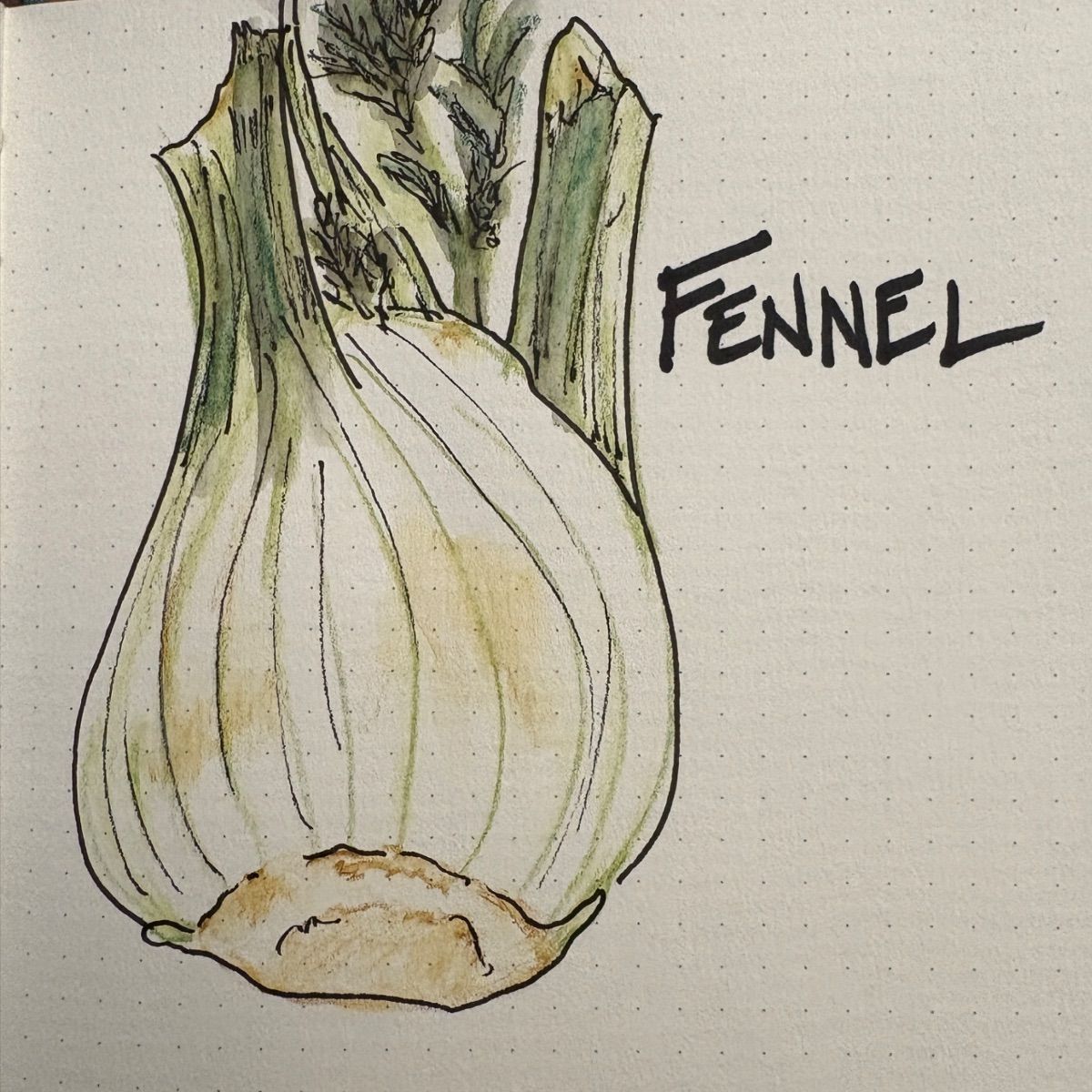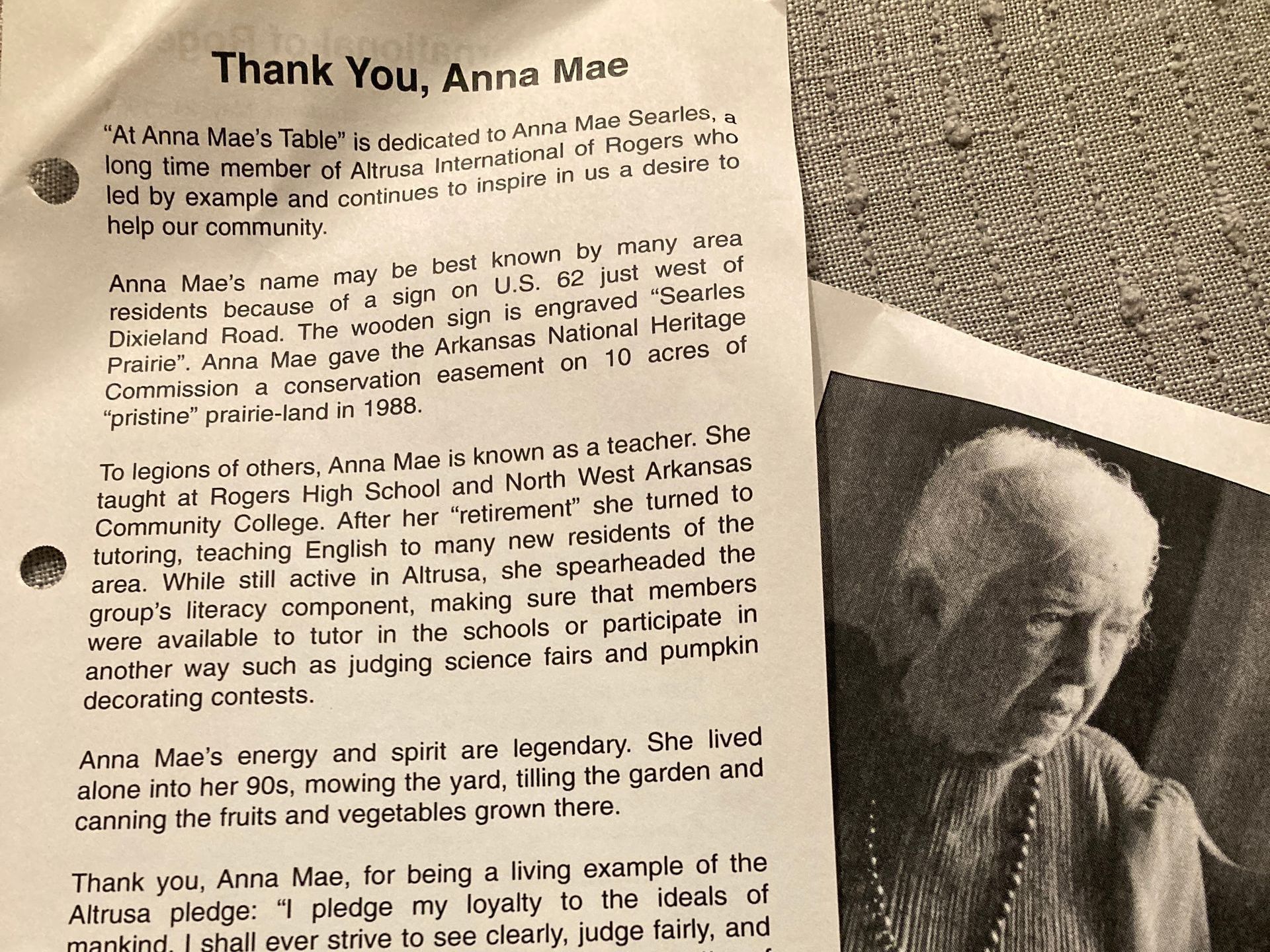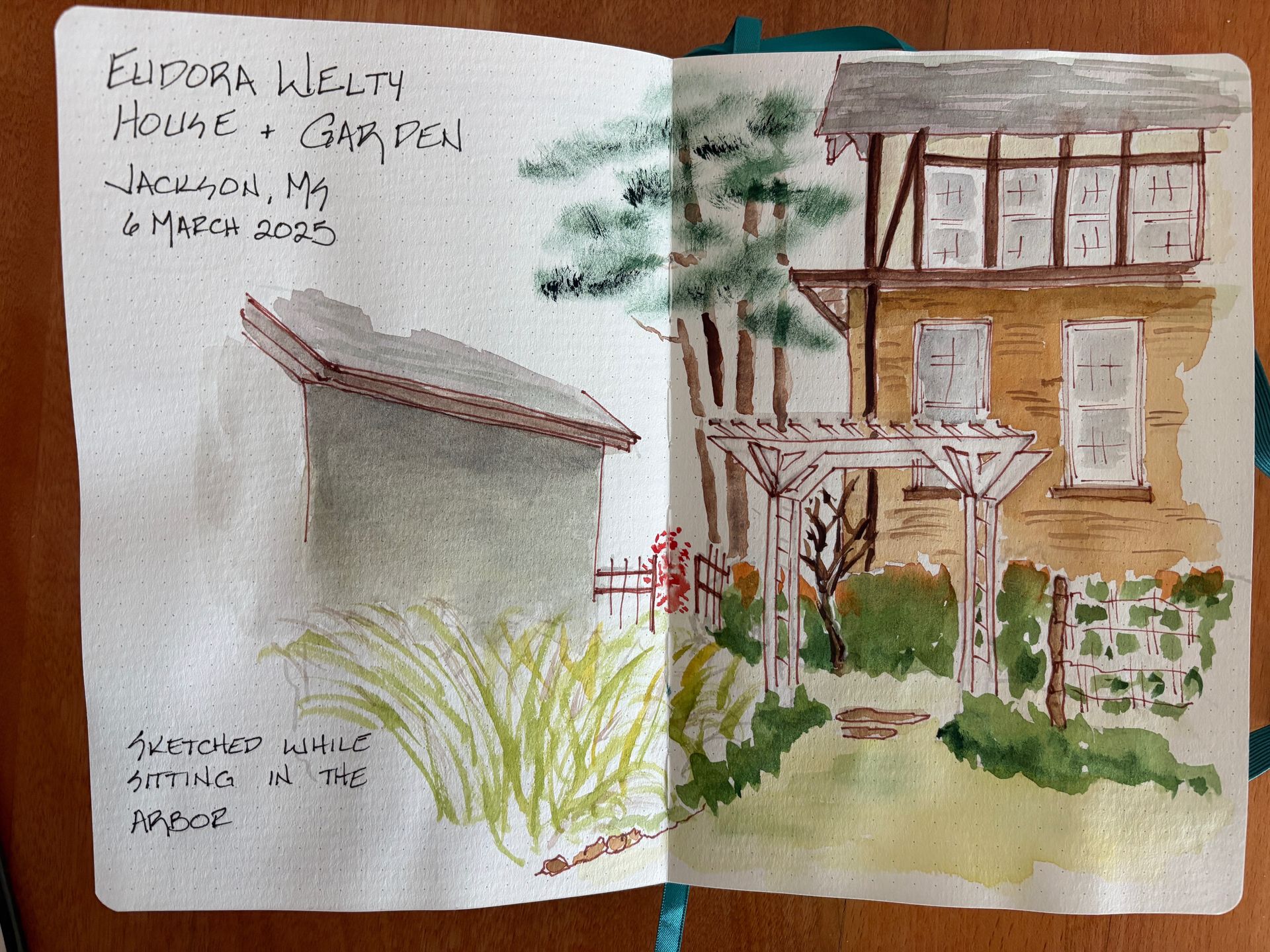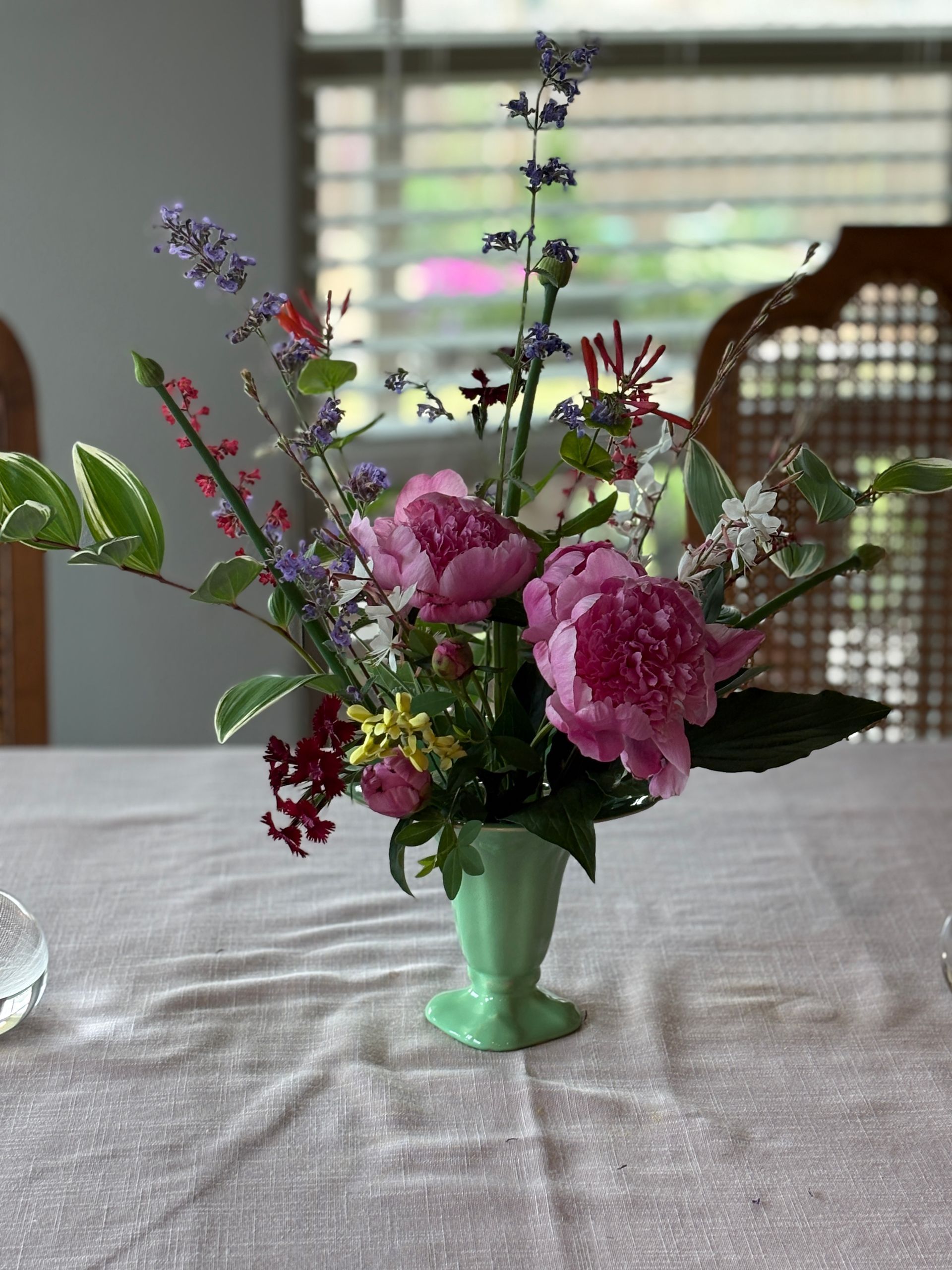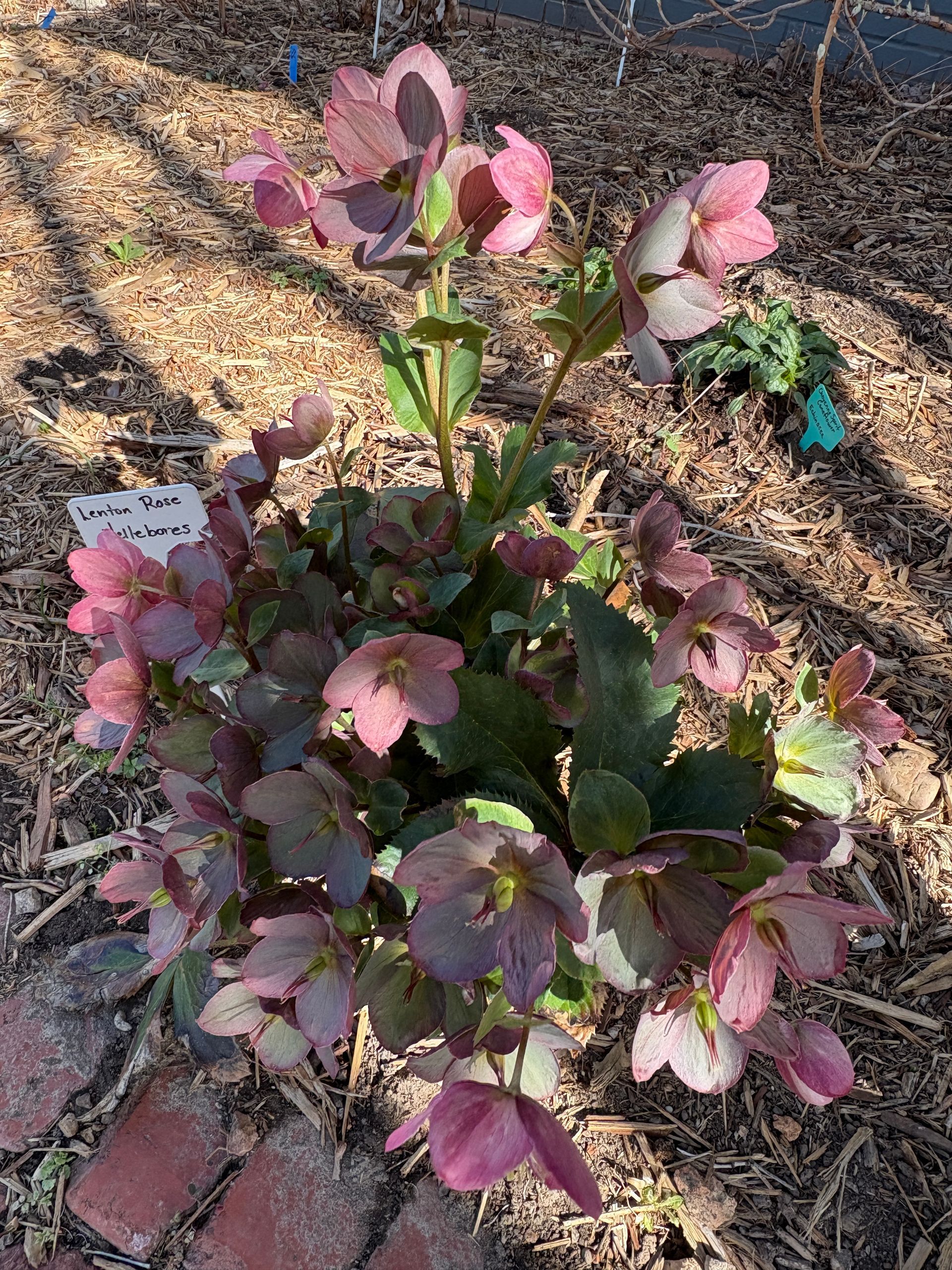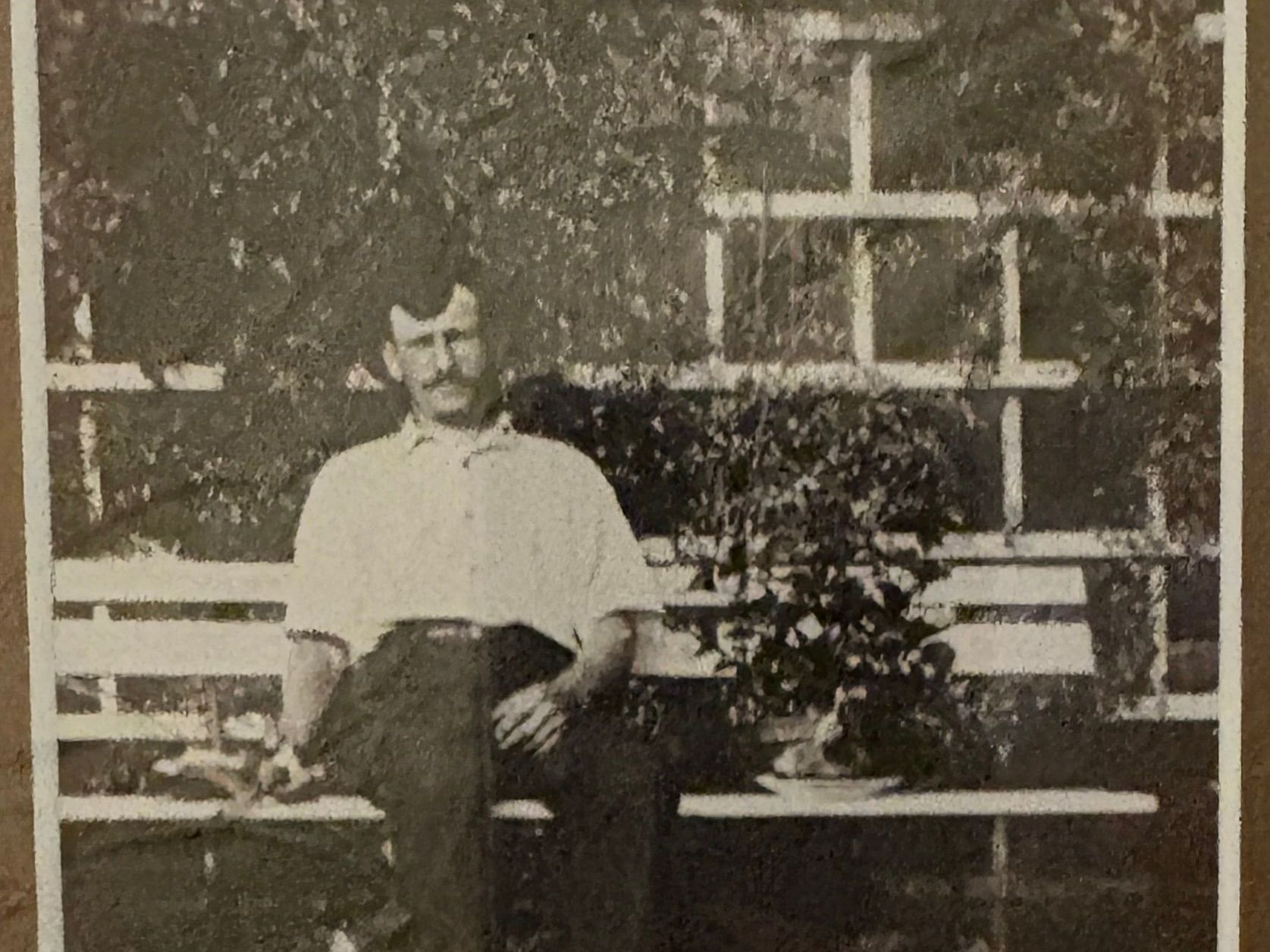We Could Lose Part of our Garden History.
I first heard about the Farmers and Consumers Market Bulletin during a talk decades ago. My father and I took off in his pickup and traveled from NW Arkansas to visit my brother in Atlanta – of course we timed it so we would be in Atlanta during the Southeastern Flower Show. I don’t remember who the speaker was, just that I was so mesmerized by the charm of this publication that was talked about that I had to buy a copy of Elizabeth Lawrence’s Market Bulletins: Gardening for Love. Her book, her last of many garden manuscripts before her death in 1985, documents the friendships Lawrence made through correspondence initiated by ads in the Market Bulletin. She found out about them from Eudora Welty, who subscribed to market bulletins from several Southern states.
This little newspaper, started in 1917 and distributed by the Georgia Department of Agriculture, is composed of free ads from people throughout the state – ads for home-made items, farm equipment, livestock, fresh eggs, seeds and plants, and more, plus a few articles. As I read the ads I can almost picture the person who wrote it, the one who crocheted the dishcloth, raised the chicks, used the farm equipment no longer needed, or is looking for a position as a farm hand. There’s a country charm that comes through the words.
A couple years ago my husband could not resist that charm when he found an antique butter churn. “Look at the photos they emailed me. It’s just like the one my grandmother used to make butter”. As if that wasn’t enough, he added “I need to find someone with fresh Jersey milk”. Oh dear, we already had set up a chicken coop in the back yard, but churning our own butter? That Saturday we drove an hour, MapQuest printout in hand, to pick up our blue antique butter churn. We ended up chatting with the couple for a solid hour before we even saw the churn in their garage. They were lovely people. I can see why the Market Bulletin opened doors of friendship to Elizabeth Lawrence. It is filled with real people, much richer and more interesting than those in tabloid magazines.
This publication has been a free service, mailed to anyone who requested a copy and I have enjoyed it for years. Unfortunately, the state budget no longer can allow that and so the Bulletin now will be charging $10 for 26 issues mailed to your home. I’m sending in my check today. The subscription information below was copied directly from an article on the Georgia Master Gardeners blog. To read that article: http://georgiamgevents.blogspot.com/2011/04/save-piece-of-georgia-history.html
Subscriptions are available to Georgia residents at a cost of only $10 per year (26 issues); out-of-state-subscriptions are available for $20 per year. Out-of-state subscriptions must be within the United States or its territories.
To start or renew a subscription, send a check or money order payable to Market Bulletin, along with your name, complete mailing address and daytime phone number (in the event the Market Bulletin office needs to contact you concerning your subscription) to the following address: Market Bulletin, Georgia Department of Agriculture, 19 Martin Luther King Jr. Drive SW, Atlanta, GA 30334-4250. New subscribers may also pay online with a cre
dit card at www.thegamarketbulletin.com. Please note there is a $1 convenience fee added for online subscriptions.

